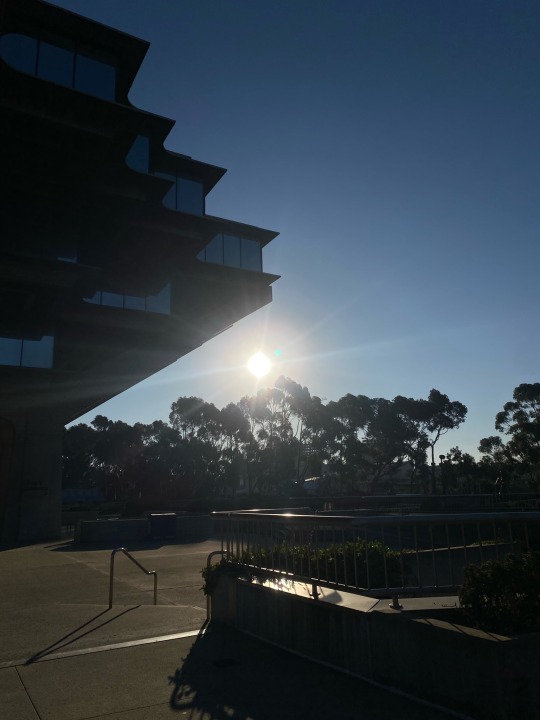#UC San Diego
Text

UC-San Diego Track & Field
#UC San Diego#UC San Diego Tritons#track girls#track & field#college track & field#athlete#female athletes#college athlete#college girl
74 notes
·
View notes
Photo
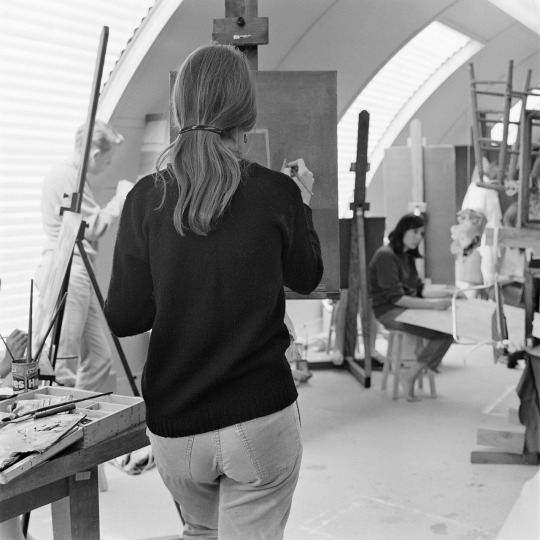
Harry Crosby, UCSD, Visual Arts classroom, 1966
#academia#60s#60s fashion#1960s#1960s fashion#vintage fashion#vintage#artist#visual arts#harry crosby#ucsd#university of california#uc san diego#san diego#easel#artist studio#artist easel#black and white#photography#special collections & archives uc san diego#an3_m333_785_10
150 notes
·
View notes
Text
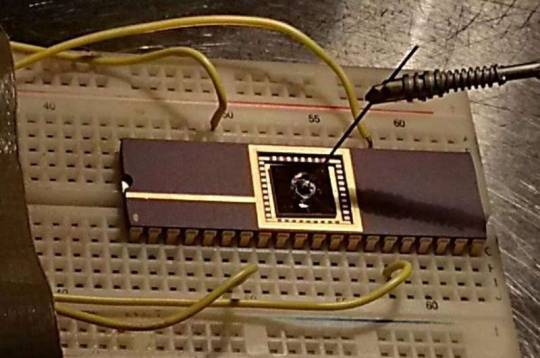
Ultra-sensitive lead detector could significantly improve water quality monitoring
Engineers at the University of California San Diego have developed an ultra-sensitive sensor made with graphene that can detect extraordinarily low concentrations of lead ions in water. The device achieves a record limit of detection of lead down to the femtomolar range, which is one million times more sensitive than previous sensing technologies.
"With the extremely high sensitivity of our device, we ultimately hope to detect even the presence of one lead ion in a reasonable volume of water," said Prabhakar Bandaru, a professor in the Department of Mechanical and Aerospace Engineering at the UC San Diego Jacobs School of Engineering. "Lead exposure is a serious health concern, and it has been indicated that a lead concentration at the level of parts per billion in drinking water could lead to pernicious outcomes, such as stunted human growth and development."
Read more.
15 notes
·
View notes
Text


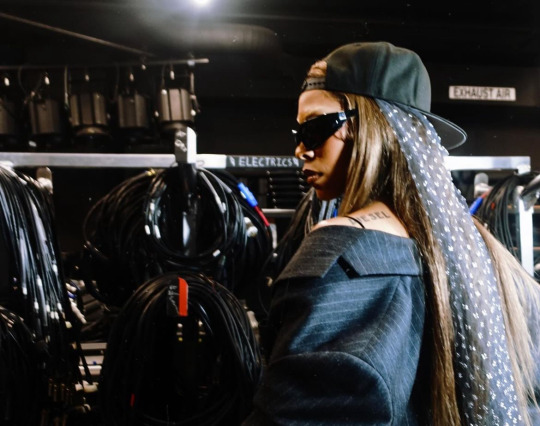
#rico nasty#2024#makeup details#bleached brows#bleached eyebrows#scarf#bandana#baseball hat#baseball cap#ucsd#uc san diego#college show#university#concert#to recreate#necklace#jewelry
11 notes
·
View notes
Text
by Chris Jennewein
A Jewish student organization at UC San Diego said Sunday an Instagram video showing students leaving a building amid an anti-Israel protest is real, despite an earlier denial by the university.
Hillel San Diego said the video circulating on social media was taken by a student during a Nov. 1 meeting on campus.
“The video being circulated is an unaltered video from a protest that occurred while Jewish students at UCSD spoke about rising antisemitism on campus during an Associated Students meeting on Nov. 1,” Hillel said in a statement.
The organization said some of the protesters were carrying flags of Al Qaeda, the terrorist group that attacked the World Trade Center on 9/11, creating a hostile environment.
As a result, some of the students at the meeting received a police escort back to the Hillel center off campus.
12 notes
·
View notes
Text

Another Panda Shot
另一只大熊猫
I think it's a boy panda….at the Beijing Zoo - 4/12/1972
William A. Joseph Collection
UC San Diego Library Digital Collections
2 notes
·
View notes
Text
Researchers are studying whether dogs can be taught to communicate by pressing buttons for words.
Thomas Fudge at KPBS:
Guests at a colloquium at UC San Diego gathered recently to recognize a community science project: testing animal cognition.
The event was catered, but not with dog food. Too bad for Osky and Mila, who you could argue were guests of honor.
They are two of many dogs who are communicating with their owners by touching buttons on a soundboard.
“She uses attention words like ‘scritches’ and ‘love you’ a lot,” said Taylor Arco, Mila’s owner. “She also likes to ask for ‘walk’ and she never lets us forget when it’s time to eat. So, ‘eat’.”
Arco is talking about the word-buttons Mila pushes with her nose on her soundboard at home. The soundboard is an array of buttons set into plastic tiles that owners can arrange however they want. The buttons say things like 'play,' 'potty,' 'outside,' 'eat' and 'scritches,' which are scratchy caresses dogs like.
Taylor Arco is one of 1,200 people in 47 countries expected to provide data about their dogs' ability to communicate. Scientists at UC San Diego are leading what they call the biggest community science project ever done on animal communication. Dogs use soundboards, whose buttons they press with a paw or a nose, to communicate humans words, thoughts — maybe even sentences.
#dogs#communication#language#research#science#UC San Diego#cognitive science#cognition#talking dogs#Federico Rossano#twt
4 notes
·
View notes
Text
Native Bees Part 2
I first encountered James Hung on his Tumblr blog, San Diego Native Bees. I learned about the native bees that frequented my garden and the important role they play in plant pollination.
Dr. Hung studied native bee diversity and conservation in San Diego's endangered coastal sage scrub ecosystem for his PhD thesis at UC San Diego. As a pollination ecologist, he is currently finishing a second postdoctoral fellowship at the University of Toronto.
The San Diego Natural History Museum (the NAT) arranged for this video presentation last year, Fantastic Bees and How to Save Them.
If you don’t have time for the video now (47 minutes) there’s a 5 minute read at the UC San Diego News Center Lord of the Bees as an intro to his work and San Diego native bees.
4 notes
·
View notes
Text
#uc san diego#undergraduate#undergrad student#financial aid#fafsa#university of california#ucsd#student loans
1 note
·
View note
Text
There are days where I think that Kathy Sullivan and Sally Ride once kissed each other. I know. I'm crazy for thinking that...
#sallyride#kathysullivan#nasa#nasasfirstwomen#astronaut#astronauts#stanford university#uc santa cruz#ucsc#uc san diego
0 notes
Photo
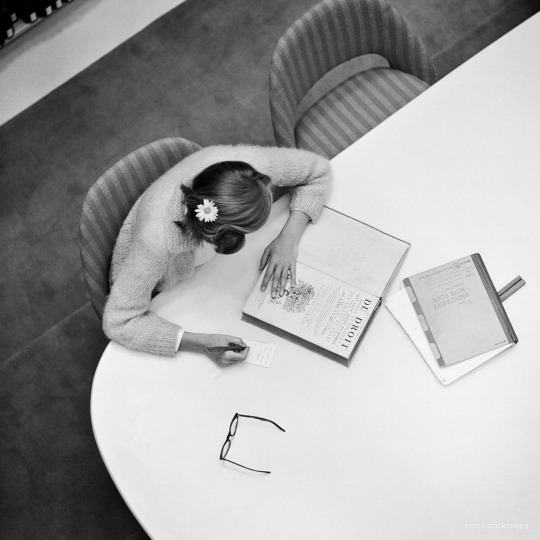
Harry Crosby, UCSD, Revelle College, Undergraduate Library, 1966
#academia#reading#student#60s#1960s#library#studying#60s fashion#1960s fashion#vintage fashion#vintage#harry crosby#uc san diego#revelle college#university of california#san diego#ucsd#photography#black and white#students#special collections & archives uc san diego#an3_m333_822_7
284 notes
·
View notes
Text
University of California San Diego and CEA-Leti scientists have developed a ground-breaking piezoelectric-based DC-DC converter that unifies all power switches onto a single chip to increase power density. This new power topology, which extends beyond existing topologies, blends the advantages of piezoelectric converters with capacitive-based DC-DC converters.
The power converters the team developed are much smaller than the huge, bulky inductors currently used for this role. The devices could eventually be used for any type of DC-DC conversation, in everything from smart phones, to computers, to server farms and AR/VR headsets.
The results were presented in the paper, “An Integrated Dual-side Series/Parallel Piezoelectric Resonator-based 20-to-2.2V DC-DC Converter Achieving a 310% Loss Reduction”, Feb. 20 at ISSCC 2024 in San Francisco.
Read more.
14 notes
·
View notes
Text

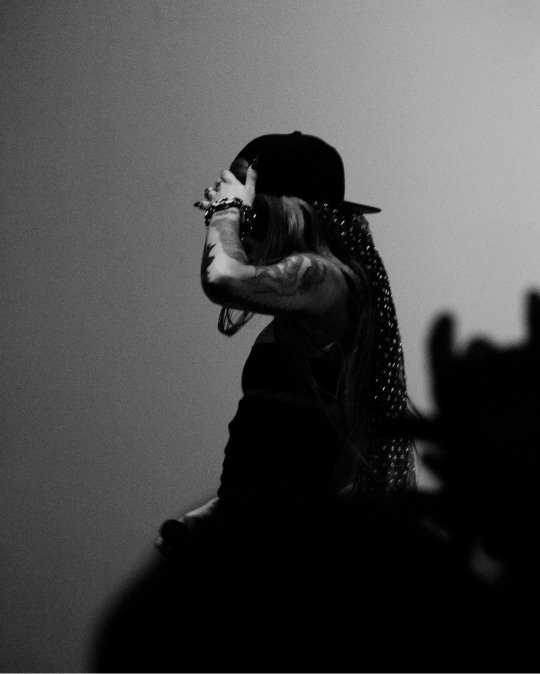


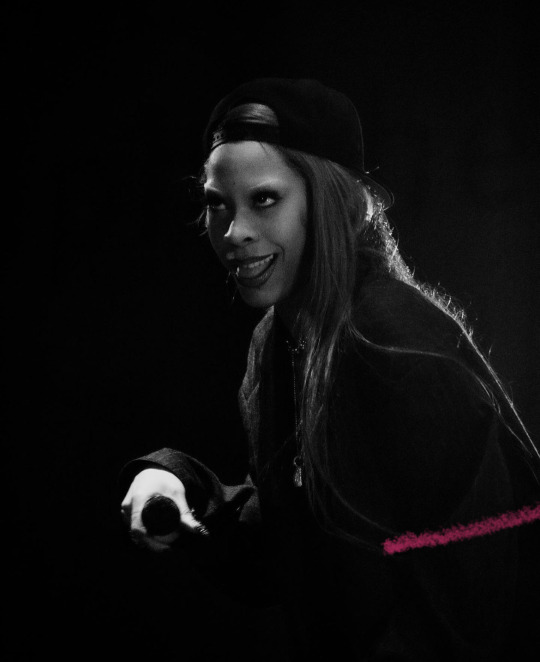

#rico nasty#2024#ucsd#UC San Diego#concert video#bandana#scarf#baseball cap#hat#sweats#sweatpants#concert#black and white photography#black and white picture#hd concert#hd concert photography
6 notes
·
View notes
Text
New Video: Plaster Cast Share A Hazy and Dreamy Bop
New Video: Plaster Cast Share A Hazy and Dreamy Bop @Plaster_Cast @terrorbirdmedia
Plaster Cast, which currently features members split across the country, can trace their origins back to when producer Alex Esk started the project with vocalist Cameron Wilson back in 2011 — while both were studying video art at UC San Diego. Wilson’s sister Michaela Lustig joined the project as a second vocalist. Producer/engineer Brah1m joined the band after meeting Esk, when they both worked…
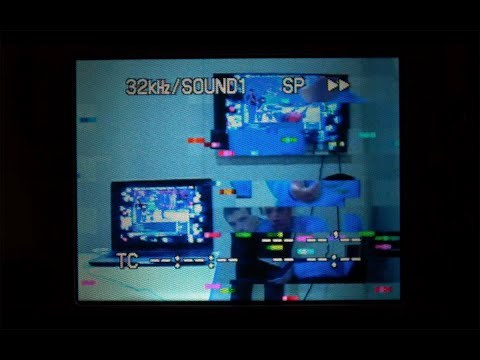
View On WordPress
#Adele#electro pop#indie electro pop#music#music video#Plaster Cast#Plaster Cast Permanence EP#Plaster Cast Sunless#Plaster Cast Undecided feat. Foxes in Fiction#Plaster Cast Waves#UC San Diego#video#Video Review: Plaster Cast Videotheque#Video Review: Videotheque#Videotheque
0 notes
Photo

Tome Sweet Tome
The surfaces of all cells in nature are festooned with a complex and diverse array of sugar chains (called glycans). These perform a wide variety of biological functions, from the proper folding of proteins to cell-to-cell interactions. Their ubiquity in nature underscores their essentialness to complex life.
This week, the fourth edition of “Essentials of Glycobiology” (the study of glycans) was published by Cold Spring Harbor Laboratory Press. It’s a continuation and updating of landmark work by a consortium of editors, led by Ajit Varki, MD, Distinguished Professor in the departments of Medicine and Cellular and Molecular Medicine at UC San Diego School of Medicine, with contributions from a number of UC San Diego scientists and physicians, including Jeffrey D. Esko, PhD, Distinguished Professor of cellular and molecular medicine; Pascal Gagneux, PhD, professor of pathology and anthropology, and Kamil Godula, PhD, associate professor of chemistry and biochemistry, and Amanda Lewis PhD, professor of obstetrics-gynecology and reproductive science.
Varki and Esko are also founding directors of the Glycobiology Research and Training Center (GRTC) at UC San Diego, established in 1999, and have recently handed over leadership to Lewis and Godula.
Glycobiology is a relatively new scientific discipline. The term was only coined in 1988, recognizing the combining of carbohydrate chemistry and biochemistry to focus on glycans, which have since proven to have a multitude of diverse and often critical roles in biology.
They have been linked to human origins and as a key evolutionary marker. They are found to both inhibit and promote tumor growth; and the presence of a particular sialic acid in red meat may be linked to increased cancer risk in humans. Another class of glycans called glycosaminoglycans have been shown by Esko and colleagues to be involved in COVID-19 coronavirus pathogenesis. The cover of the fourth edition presents an all-atom model of infamous spike protein of the pandemic virus, emphasizing the massive array of glycan chains modelled by UC San Diego professor of biology Rommie Amaro.
Varki, Esko and colleagues at the GRTC have been central to many of the advances in glycobiology, and the textbook, which originally debuted in 1999, has been an enduring effort to broadly introduce and describe the rapidly changing discipline.
For example, the second edition of “Essentials of Glycobiology,” published in 2008, appeared simultaneously in print from the Cold Spring Harbor Laboratory Press, and free online to reach a wider audience. Subsequent editions have also been free online at the National Center for Biotechnology Information at the National Library of Medicine.
“This approach ensures that everyone, from the layperson to the high school student to the graduate student in a developing country, has free access to the knowledge the book contains, while increasing awareness of the availability of a printed edition that may be more suitable for some readers’ requirements,” said Varki at the time.
— Scott LaFee
Pictured above: In this electron micrograph, the surface of a bacterium is fuzzy with a coating of glycans.
#science#medicine#glycobiology#glyans#coronavirus#spike protien#human evolution#cancer#cellular and molecular medicine#pathology#cell biology#molecular biology#academic medicine#chemistry#biochem#uc san diego#ucsd
41 notes
·
View notes
